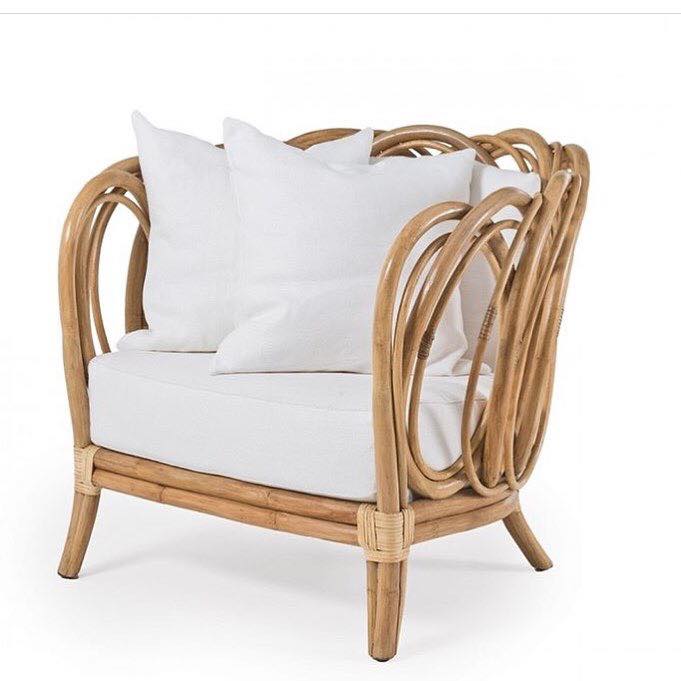WATER HYACINTH
Water hyacinth is a free-floating perennial plant that can grow to a height of 3 feet. The dark green leave blades are circular to elliptical in shape attached to a spongy, inflated petiole. Underneath the water is a thick, heavily branched, dark fibrous root system. The water hyacinth has striking light blue to violet flowers located on a terminal spike. Water hyacinth is a very aggressive invader and can form thick mats. If these mats cover the entire surface of the pond they can cause oxygen depletions and fish kills. Water hyacinths should be controlled so they do not cover the entire pond.
Submerged portions of all aquatic plants provide habitats for many micro and macro invertebrates. These invertebrates in turn are used as food by fish and other wildlife species (e.g. amphibians, reptiles, ducks, etc.). After aquatic plants die, their decomposition by bacteria and fungi provides food (called “detritus” for many aquatic invertebrates. Water hyacinth has no known direct food value to wildlife and is considered a pest species.
Dried water hyacinth fibers can be processed to use braided wire, rope and woven into mats, crafts, and furniture.
